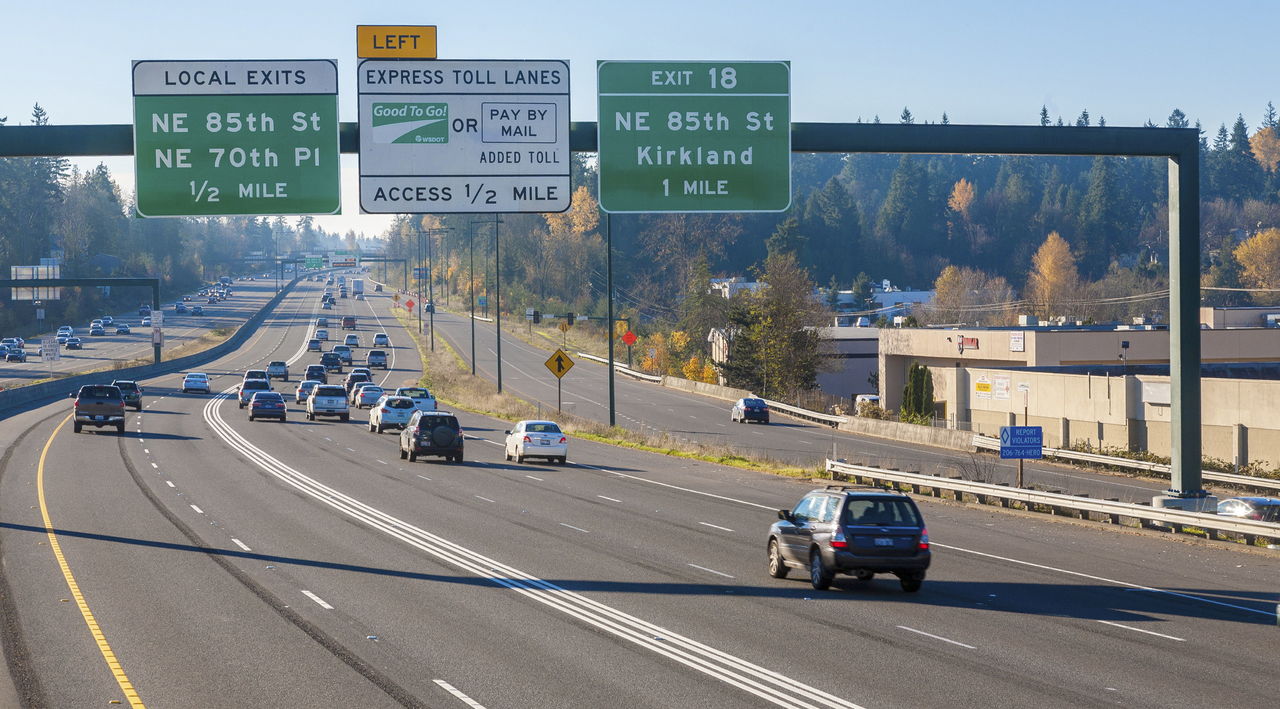OLYMPIA – A new state audit pounds the Department of Transportation’s toll collection program saying poor oversight, lack of automation and bad camera angles are to blame for a litany of billing snafus that have ensnared drivers.
The performance audit released Wednesday focused on long-standing issues with troubled vendor Electronic Transaction Consultants and how it collects tolls for the Highway 520 bridge, Tacoma Narrows Bridge and State Route 167 HOT lanes.
But the audit put the bulk of responsibility on department leaders who it said pursued expansion of tolling facilities at the expense of resolving problems.
“While we found that the toll system vendor has had its challenges, WSDOT and the Toll Division contributed significantly to the issues and concerns we describe,” concludes the 48-page report released by the state Auditor’s Office.
“Some issues arose because functions were not included in the initial system design; others because a top priority of WSDOT management was increasing the number of tolled facilities, which meant it concentrated resources on facility expansion rather than completing system development,” they wrote.
Replacing the vendor and toll collection system aren’t enough to prevent a recurrence of problems as the department pushes ahead with tolling on other corridors, the report concludes.
“Without a clear understanding of the program’s goals and specific strategies to achieve them, the success of the tolling program is at risk, with a higher probability that today’s system and operational issues will reappear in the future,” the auditors wrote.
The report, which cost $1.2 million, also contends the transportation department should have concentrated on resolving those problems before launching the I-405 express toll lanes in September 2015.
But WSDOT did not because it considered the risk of delaying the opening of those lanes to be greater than that posed by not resolving the other matters, auditors concluded.
Assistant Secretary of Transportation Patty Rubstello said Wednesday the department is working to automate the tolling system but will need funding from the Legislature in 2017 to carry out the changeover.
And she said the tolling division which she’s overseen since November 2015 has completed multiple components of a long-term plan and will unite them into one over-arching document as the audit recommends, she said.
“It is very helpful,” she said of the audit’s recommendations. “There’s always opportunity to improve, to get things more automated and to be more efficient.”
As to the audit’s assertions on the I-405 express toll lanes, Rubstello said because contracts were in place there was a financial risk of halting work. The Legislature had directed the department to proceed and agency management felt they had learned valuable lessons from tolling experiences on the bridges and recommendations from a similar tolling audit done in 2013, she said.
“I think we did a very thoughtful review,” she said.
The report issued Wednesday is the second audit in three years to find fault with WSDOT’s management of toll collections.
It sought to assess how well the state’s electronic toll system processes, collects and reports toll transactions on the Highway 520 Bridge, the Tacoma Narrows Bridge and the Highway 167 High Occupancy Toll lanes.
It covered collections from July 2014 through March 2015, which is six months before the I-405 express lanes started up.
In addition to problems tied to the substantial amount of manual effort in processing bills, auditors pointed to problems with hardware that further complicated billing, such as cameras that didn’t adequately capture license plate images. More than one-third of license plate photos had to be manually reviewed, it said.
One of the key questions the audit sought to address is if the state was getting all the money it’s after.
It concluded that until the toll collection processes are automated the amount of unpaid tolls, fees and penalties “will continue to grow, representing continued missed revenue opportunities,” the report notes.
The department disagrees with the conclusion.
Rubstello said the department now collects 94 percent of tolls generated — which tolling experts say is as good as or better than other states that collect tolls. And that collection rate reaches 98 percent when money obtained through enforcement is added in, she said.
Another concern is security. The audit said the state failed to get adequate assurance that Electronic Transaction Consultants would keep toll customers’ sensitive information safe. In April, the company received the highest level of Payment Card Industry compliance certification, Rubstello said.
Jerry Cornfield: 360-352-8623; jcornfield@heraldnet.com.
Talk to us
> Give us your news tips.
> Send us a letter to the editor.
> More Herald contact information.
























